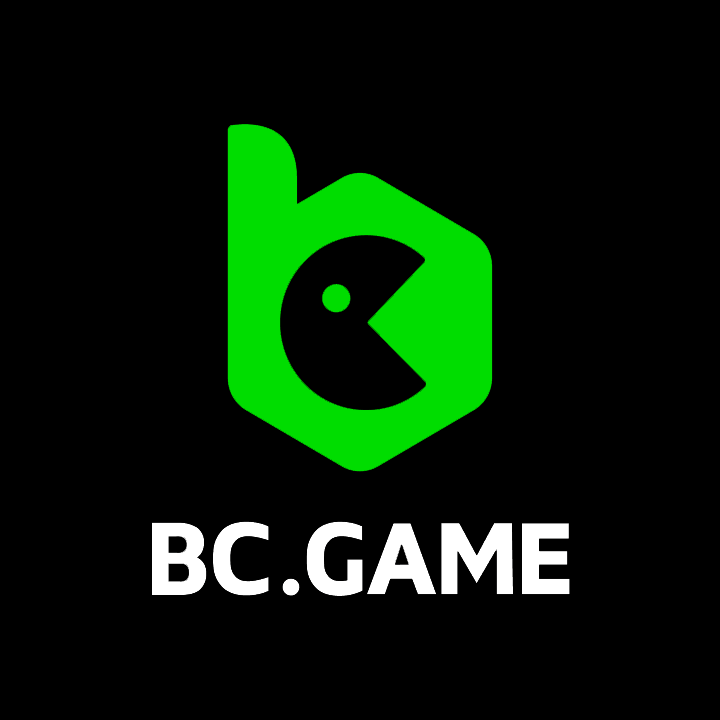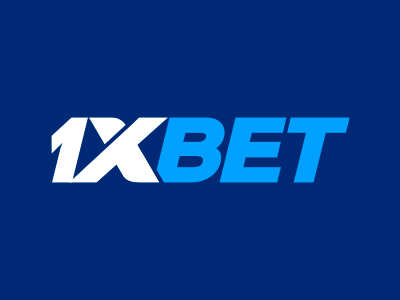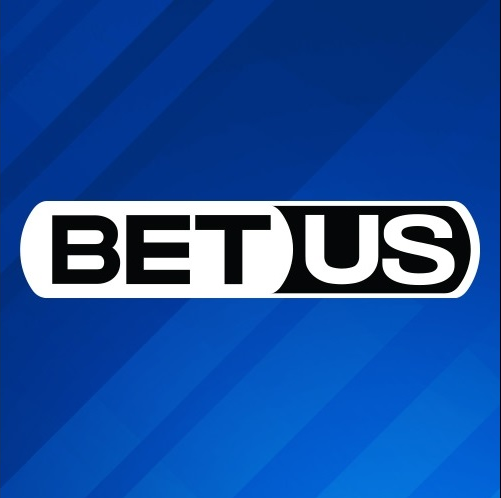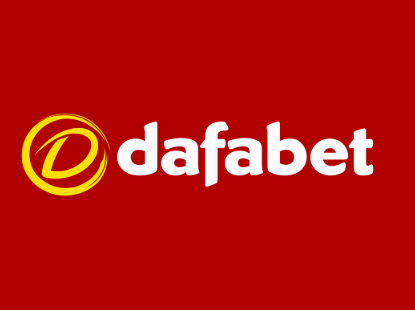NBA betting represents one of the most dynamic and lucrative opportunities in sports wagering. With 82 regular-season games per team and a playoff structure that extends through June, the National Basketball Association offers bettors nearly year-round action. However, successful NBA betting requires more than casual fandom it demands strategic thinking, disciplined bankroll management, and comprehensive understanding of betting markets.
Understanding NBA Betting Markets and Odds
The foundation of successful NBA betting begins with mastering the various betting markets available. Each market type offers distinct advantages and requires specific analytical approaches.
Point Spread Betting in Basketball
The point spread remains the most popular NBA betting market. Sportsbooks assign a handicap to level the playing field between favorites and underdogs. When the Boston Celtics are favored by -7.5 points against the Detroit Pistons, they must win by eight or more points for spread bets to cash. Conversely, Pistons backers win if Detroit loses by seven or fewer points, or wins outright.
Point spread betting rewards bettors who can identify mismatches that oddsmakers have underestimated. We focus on matchups where team styles create exploitable edges. A defensively challenged team facing an elite offensive squad often presents value on the over, while the spread might overreact to recent performances rather than fundamental team strengths.
Moneyline Wagering Strategies
Moneyline bets eliminate point spreads entirely—you're simply picking the winner. Favorites carry negative odds (e.g., -350), meaning you risk $350 to win $100. Underdogs offer positive odds (+280), where a $100 bet returns $280 profit.
The key to profitable moneyline betting lies in identifying undervalued underdogs. We analyze situations where public perception creates inflated favorite prices. A star player's return from injury often causes casual bettors to overvalue that team, creating opportunities on the opposing side.
Totals (Over/Under) Betting
Totals betting involves wagering whether the combined score exceeds or falls short of the sportsbook's projected total. A Lakers-Suns game might have a total of 228.5 points. We bet Over if we expect 229+ combined points, Under if we project 228 or fewer.
Successful totals betting requires understanding pace metrics, defensive efficiency, and situational factors. Back-to-back games typically trend Under as fatigued teams exhibit lower shooting percentages. Playoff games often go Under due to intensified defensive effort and slower offensive execution.
Prop Bets and Player Performance Markets
Proposition bets focus on individual player statistics rather than game outcomes. Common NBA prop bets include points scored, rebounds, assists, three-pointers made, and combined statistical categories.
Player props offer significant value because sportsbooks cannot monitor every individual matchup as closely as bettors can. We identify favorable matchups where a player faces deficient opposition at their position. A center averaging 12 rebounds facing a team ranked 28th in defensive rebounding percentage represents clear value on the Over.
Advanced NBA Betting Analysis Techniques
Moving beyond basic betting types, we employ sophisticated analytical methods to gain edges over casual bettors and even sportsbooks themselves.
Pace and Possession Metrics
Pace of play dramatically impacts scoring totals and game dynamics. Teams like the Sacramento Kings and Golden State Warriors play at accelerated tempos, generating more possessions per game. Slow-paced teams like the Cleveland Cavaliers grind games to lower possession counts.
We calculate expected possessions by averaging both teams' pace statistics, then multiply by each team's offensive efficiency to project scoring. This mathematical approach removes emotional bias and provides objective total projections.
Rest Advantage and Schedule Analysis
Rest disparities create significant betting edges. A team playing their fourth game in five nights faces physiological disadvantages against a rested opponent. We track rest days meticulously, as teams on zero days rest playing against teams with two or more days rest historically perform 3-4 points worse than standard expectations.
Schedule analysis extends beyond single-game rest. Road trip situations matter teams finishing grueling West Coast swings often underperform, while homecoming games can provide motivational boosts. We also note "look-ahead spots" where teams face marquee opponents in subsequent games, potentially overlooking current opponents.
Injury Impact Assessment
Injury evaluation separates winning bettors from losing ones. The immediate market reaction to star player absences often creates value on the opposite side. When Luka Dončić misses a game, casual bettors hammer the opponent, but the Mavericks' system often maintains competitiveness.
We assess not just who's missing, but their role within team structure. A defensive specialist's absence might barely impact scoring totals, while a primary ball-handler's injury significantly affects offensive efficiency. Injury replacements also matter a quality backup point guard minimizes impact compared to a third-string player thrust into starting duties.
Home Court Advantage Quantification
Home court advantage in the NBA typically ranges from 2-4 points depending on the team and venue. However, we dig deeper than blanket adjustments. Some teams exhibit minimal home/road splits, while others show dramatic differences.
The Utah Jazz historically showed extreme home court advantage due to altitude and crowd intensity. The Brooklyn Nets showed minimal home splits. We calculate team-specific home advantages using season-long data, then adjust for opponent-specific factors.
Bankroll Management for NBA Betting
Technical analysis means nothing without proper bankroll management. Professional bettors protect their capital through disciplined staking strategies.
Unit Sizing and Bet Allocation
We recommend the flat betting approach for most bettors. Each standard wager represents 1-2% of total bankroll. A $5,000 bankroll means $50-$100 per bet. This conservative approach withstands inevitable losing streaks without depleting capital.
Confidence-based sizing works for experienced bettors who can objectively assess edge magnitude. We might bet 1 unit on marginal plays, 2 units on clear advantages, and 3 units on exceptional situations. However, we never exceed 5% of bankroll on any single wager regardless of perceived edge.
Avoiding Common Bankroll Mistakes
Chasing losses destroys more betting bankrolls than any other factor. After a losing day, the temptation to increase stakes and recover losses quickly proves catastrophic. We maintain consistent unit sizes regardless of recent results.
Overexposure to parlays represents another bankroll killer. While parlays offer attractive payouts, the compounded odds heavily favor sportsbooks. We limit parlay action to small recreational bets, focusing capital on straight wagers where edges persist.
Live Betting NBA Games
In-game betting has revolutionized NBA wagering, offering opportunities to capitalize on game flow and momentum shifts.
Identifying Live Betting Value
We target specific live betting situations that consistently provide value. Early foul trouble for a star player might create inflated lines favoring their opponent. A hot shooting start might push totals unrealistically high, creating Under value as regression approaches.
Momentum shifts in basketball happen rapidly. A 12-0 run might cause drastic line movements, but teams rarely maintain extreme hot or cold shooting throughout entire games. We fade extreme line swings, betting against recent momentum when odds overreact.
Quarter and Half Betting Strategies
Quarter betting offers unique advantages. First quarter trends often differ from full-game patterns. Some teams start slowly but finish strong, while others jump early then fade. We track team-specific quarter performance to identify exploitable tendencies.
Second half betting allows us to assess first-half performance and adjust projections accordingly. If a game's first half pace exceeds expectations, the second half total might not adjust sufficiently, creating value on the Over.
Statistical Models and Data Analysis
Advanced NBA betting increasingly relies on statistical modeling and data-driven decision making.
Building Predictive Models
We construct predictive models using regression analysis and machine learning algorithms. Key inputs include offensive rating, defensive rating, effective field goal percentage, turnover percentage, offensive rebounding percentage, and free throw rate the "Four Factors" of basketball success.
Our models weight recent performance more heavily than season-long statistics, as team dynamics evolve through the season. A 10-game rolling average often predicts future performance better than full-season data.
Tracking Line Movement and Market Efficiency
Line movement reveals where sharp money flows. When odds shift against public betting percentages, it indicates professional bettors have taken a position. We track steam moves rapid line shifts across multiple sportsbooks as indicators of sharp action.
However, we don't blindly follow line movement. Sometimes reverse line movement represents sportsbook manipulation rather than sharp action. We use movement as one data point within comprehensive analysis.
Betting on NBA Playoffs Successfully
Playoff betting requires adjusting strategies from regular season approaches.
Playoff-Specific Factors
Playoff basketball emphasizes defense and halfcourt execution. Pace typically decreases 2-3 possessions per game, which we account for in totals projections. Star players receive increased usage, while role players often underperform their regular season statistics.
Series context matters immensely. Teams trailing 0-2 in a series face desperation situations, often playing with enhanced effort. However, teams leading 3-0 sometimes underperform with series victories inevitable.
Adjusting for Coaching and Experience
Playoff coaching becomes paramount. We evaluate head coaches' playoff track records and their ability to make effective in-series adjustments. Teams with proven playoff coaches gain 1-2 points in our handicapping models.
Playoff experience among players correlates with performance consistency. Veterans who've navigated deep playoff runs exhibit superior composure in critical moments compared to playoff newcomers.
Leveraging Sportsbook Promotions and Bonuses
Responsible promotion usage enhances long-term profitability without encouraging poor betting decisions.
Maximizing Welcome Bonuses
We analyze welcome bonus terms carefully, focusing on achievable rollover requirements. A 100% deposit match up to $1,000 with 5x rollover requires $5,000 in total wagering before withdrawal. We ensure sufficient bankroll to meet requirements through normal betting volume rather than forcing action.
Profit Boosts and Odds Enhancements
Profit boost tokens provide guaranteed positive expected value when applied strategically. We use boosts on bets we're already placing, particularly on underdogs where the boost provides more absolute value. A 20% profit boost on +200 odds increases payout to +240, representing significant value.
Record Keeping and Performance Tracking
Meticulous record keeping separates hobbyists from serious bettors. We track every wager including date, game, bet type, odds, stake, and result.
Analyzing Betting Performance
We calculate return on investment (ROI) monthly and yearly, identifying which bet types and situations generate profit. Perhaps we discover that home underdogs provide our best ROI, while road favorites drain profits. This data-driven approach allows strategic refinement.
Closing line value serves as a key performance metric. If we consistently bet lines that subsequently move in our favor, it indicates our analysis identifies value before the broader market. Positive closing line value correlates strongly with long-term profitability.
Psychology of Successful NBA Betting
Mental discipline ultimately determines betting success as much as analytical skill.
Emotional Control and Bias Recognition
We identify and eliminate cognitive biases that sabotage betting decisions. Recency bias causes overreaction to recent games. Confirmation bias leads to seeking information supporting preconceived positions while ignoring contradictory evidence.
Favorite team bias requires particular vigilance. We avoid betting on teams we emotionally support, as objective analysis becomes nearly impossible. The goal is profit, not rooting interest satisfaction.
Developing Long-Term Perspective
Variance ensures even skilled bettors experience losing streaks. We maintain perspective that short-term results don't invalidate sound methodology. A 55% win rate excellent in sports betting still means losing 45% of bets.
We focus on process over results, evaluating decisions based on information available at betting time rather than outcomes. A mathematically sound bet that loses remains correct decision-making; lucky wins on poor logic remain mistakes despite positive results.









